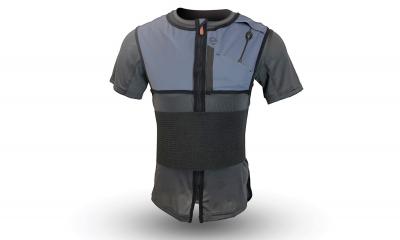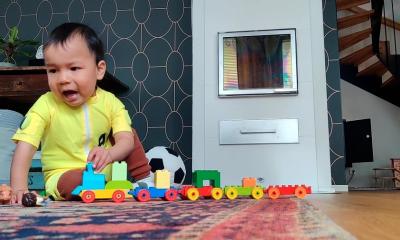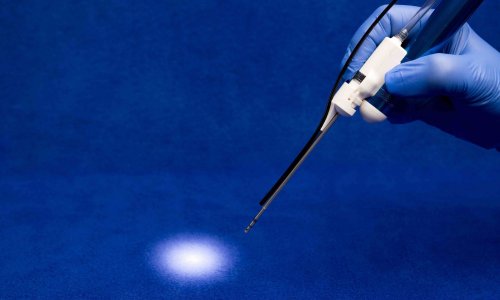Article • Smart textiles
Haptic technology will change healthcare
At Medica 2021, Elitac Wearables exhibited its latest innovations in wearables, which feature haptic feedback and integrated sensors. We spoke with Merijn Klarenbeek, the company’s CEO, about the medical applications of wearable electronics and sensors.
Report: Sascha Keutel
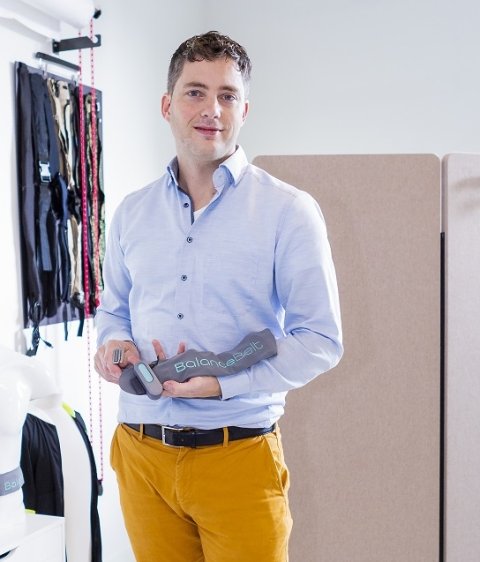
The company, founded in 2012, initially integrated electronics and textiles into wearables for the defensive and safety markets. “We turned to medicine because we are convinced that we can improve quality of lives and medical care with our haptic feedback applications,” the co-founder said. “Haptic feedback is a great way for sensory substitution. If a sense is missing, it can be used to relay the information to the user,” Klarenbeek said. “It will play a major role in improving patient mobility, surgical assistance, and rehabilitation.”
Initially, the practical implementation of wearable technology into textiles was held back due to issues like washability and wearability. “The wearables have to fit the distinct shapes of the body,” Klarenbeek said. “For haptic feedback motors but also for sensors, it is important that they are in direct contact with the body.” By combining new technological advances such as miniaturisation, smart textiles and stretchable electronics and clever integration techniques, it is possible to utilise wearable tech to its maximum benefit for medical applications.
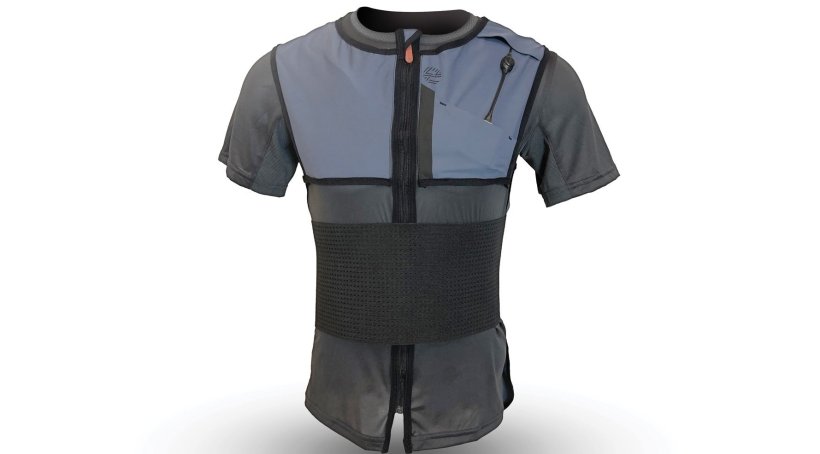
NeuroShirt
Currently, surgeons use neuroimaging and navigation for drilling tasks in skull-based surgeries. Before the procedure, images of the patient are generated to help surgeons track their instruments on a screen during surgery. For that, switching between the microscope view of the patient and the neuronavigation screen is necessary.
The NeuroShirt, developed by Elitac Wearables in collaboration with the University Medical Center Utrecht, aims to address this issue. The smart shirt is designed to help guide neurosurgeons, preventing damage to critical structures such as vessels and nerves. Sixteen vibrating micromotors, arranged in two circles at the back of the shirt, are used to alert the surgeon about proximity to critical structures. It is connected to the neuronavigational system and continuously indicates both the distance and direction to critical structures through vibrations. “We can display vibration at any point within the circles by activating multiple vibration motors, but we can also display vibrations in between,” Klarenbeek said.
According to him, the system can be operated with only limited training involved. “We designed the patterns in such a way that it feels intuitive, leaving the sole focus on the patients.”

Elitac Wearables
BalanceBelt
Another product in the company’s repertoire, the BalanceBelt was designed in collaboration with the Maastricht University Medical Centre as a treatment option for patients suffering from Bilateral Vestibular Loss (BVL) – the complete or partial loss of vestibular function in both inner ears. The condition severely impairs balance and consequently, makes walking difficult due to constant dizziness and a lack of sense of position. Patients affected by BVL must rely on a stick, walker or even a wheelchair to move.
To remedy this, the slim, lightweight belt is equipped with ten vibration motors, an integrated accelerometer, and advanced software algorithms. “The BalanceBelt measures the wearer’s posture, the angle of their body, and provides vibrational feedback when they lean too much to one side, alerting the wearer about their body position,” Klarenbeek explained. “The wearers don’t have to pay attention to the signal as the brain actually perceives it as sensory information.” Intuitively processing this substituted balance and posturing information, wearers regain a sense for their positioning within fifteen to thirty minutes, the company’s CEO reports.
Emotion Whisperer Haptic Sleeve
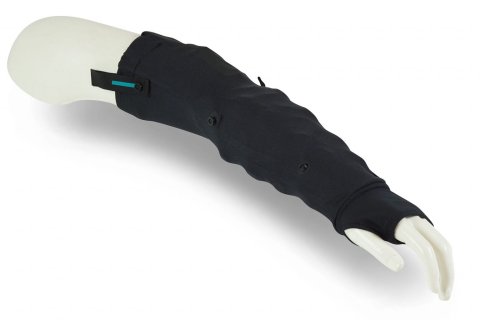
With a third product, Elitac aims to let visually impaired people experience an important part of human interactions: The facial expressions and body language that convey people’s emotions. Called the Emotion Whisperer Haptic Sleeve, the wearable was created together with inclusive product designer Simon Dogger. “We designed the sleeve as an interaction method to help visually impaired feel facial expressions through haptic feedback,” Klarenbeek said.
This concept comprises a pair of smart glasses, emotion recognition software and a haptic feedback sleeve with 16 integrated motors that can convey 24 distinct vibration patterns. These patterns can indicate both the intensity and type of the six base emotions: happiness, sadness, disgust, fear, surprise, and anger.
What’s next?
As part of the Gaitkeeper Project, Elitac Wearables is working on the integration of haptic feedback for prosthetic leg users. The feedback, generated close to the stump, helps positioning of the foot and maintaining the gait. “We aim to help the patients to learn to walk again, rehabilitate quicker and reduce the risk of falling,” Klarenbeek said.
In another project, the company is developing a belt with an app for obstacle detection and navigation. This is designed to provide visually impaired and blind people with a means of perceiving objects in their surroundings. The developers are currently testing different technologies for scanning the surroundings and identifying objects.
11.01.2022



